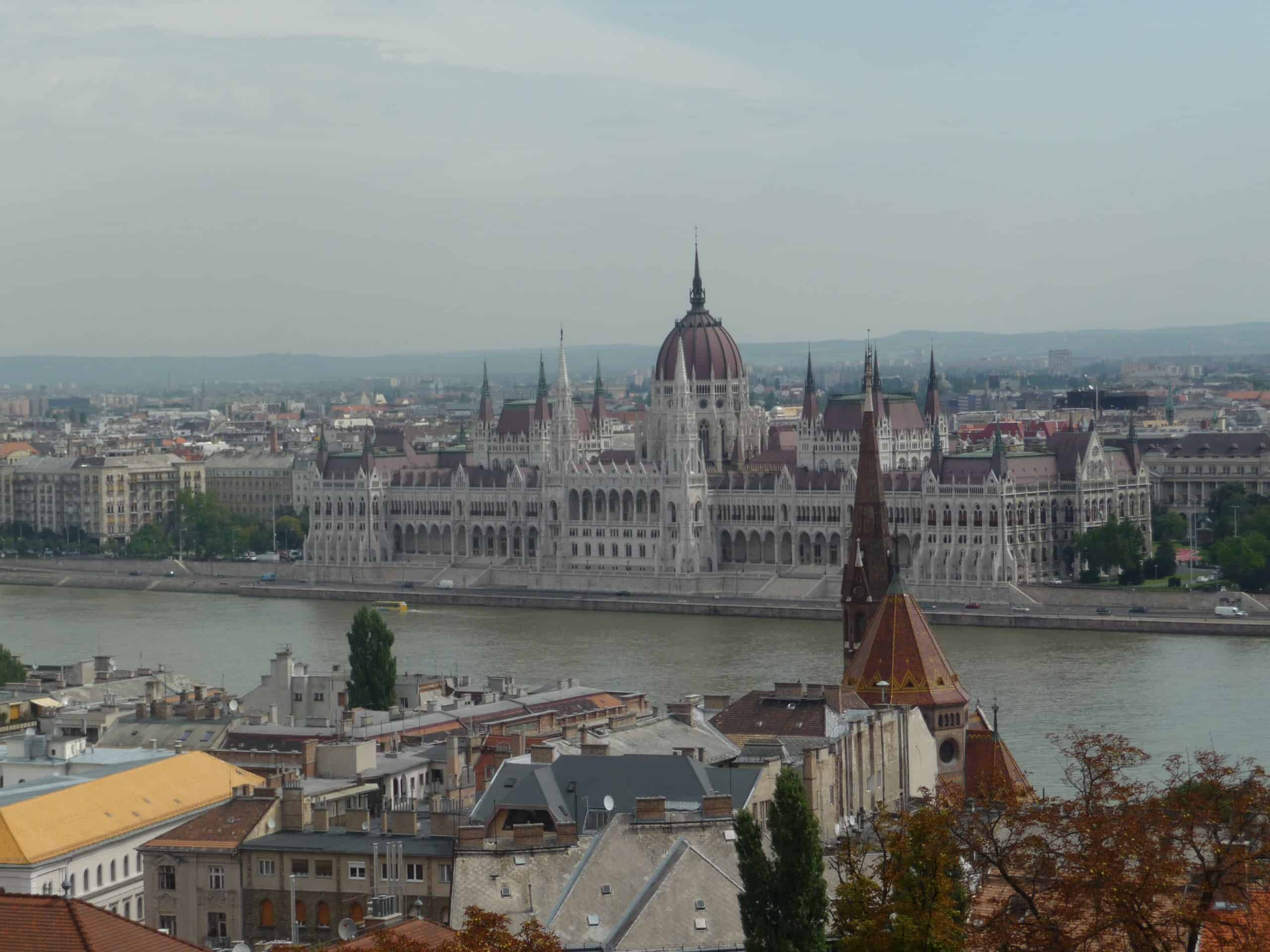
The Parliament Building in Budapest is one of the largest structures in Europe, and is currently home to the major institutions of the Hungarian state.
The Parliament Building is a typical example of the neo-Gothic style.
It was built during the Ausgleich (the division in the middle of the Austro-Hungarian Empire) when the so-called Transleitania was formed, uniting the cities of Obuda, Buda and Pest into a single large city, today’s Budapest.
Construction of the building began in 1885 and was completed in 1904.
It was built in much the same way as the seat of the English Parliament by the Hungarian architect Imre Steindl.
The Palace measures 268 meters in length, 123 in width and 96 meters in height; representing one of the largest buildings in the world:
The central dome, one of the largest in the world, is certainly the part of the Parliament that stands out the most and represents the symbol of the structure. Its particular hexadecagonal shape (16 sides), is one of the peculiarities of the dome: stylistic meeting between Central European models and Italian models, it is substantially based on the dome of the church of Santa Maria del Fiore which has an octagonal base, and doubles its sides. Famous, in the years of communism, was the red star placed on the highest spire.
Until 1944 the Palace housed both the two chambers of the Hungarian Parliament. Since 1944, after the end of the bicameral regime, the Parliament has housed the only chamber that still exists, the National Assembly of Hungary.
The Chain Bridge is the oldest bridge in Budapest and connects western Buda with eastern Pest.
Built between 1839 and 1849 by Count István Széchenyi, it is the symbolic bridge of the city that physically and symbolically unites what were previously two separate cities.
At the time of construction, the central span of the suspension bridge was one of the highest in the world with its 202 meters.




